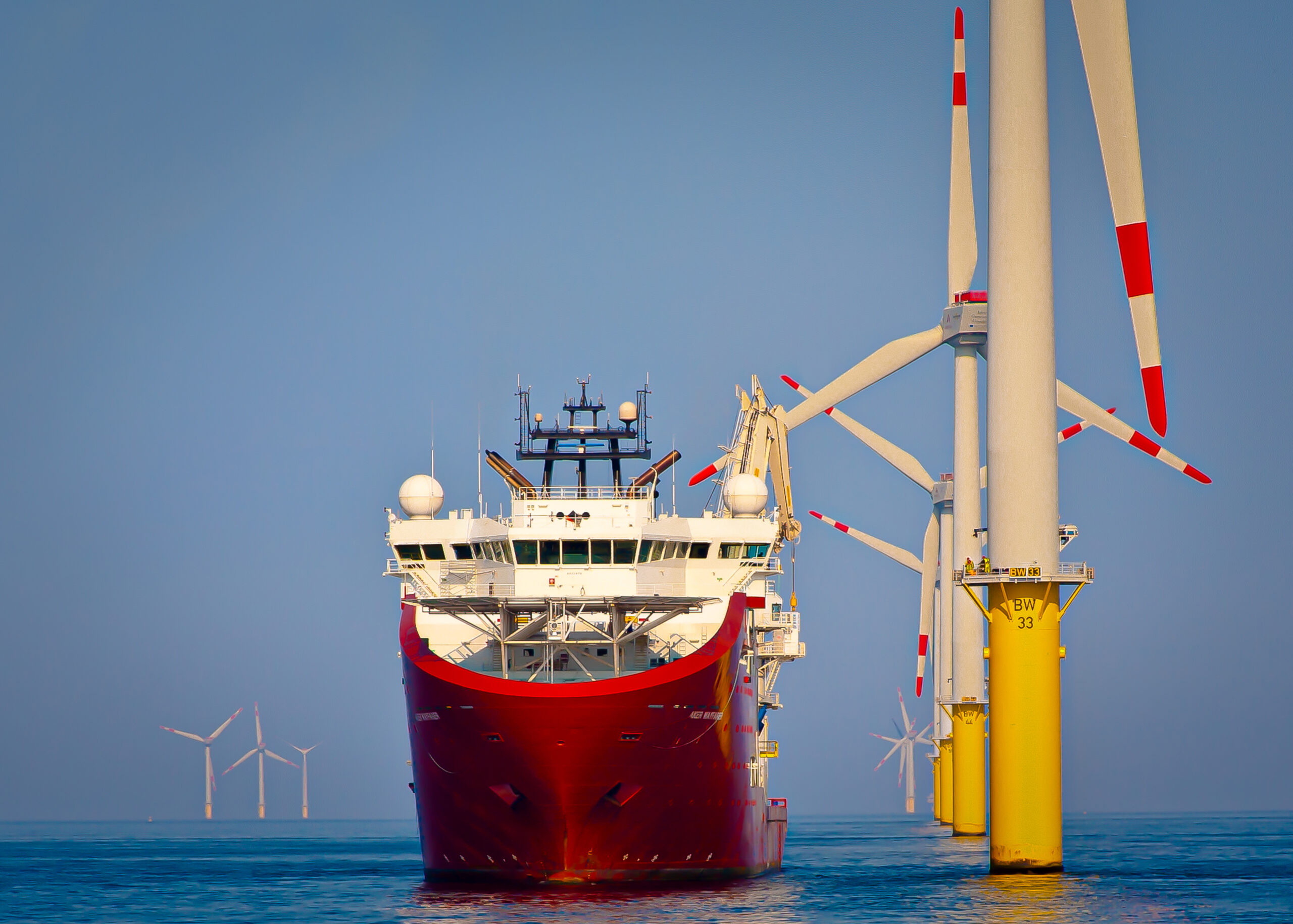A new electricity superhighway has been greenlit between Scotland and England which will help boost energy security, cut bills and hit Government green targets. Approval has also been achieved for five new undersea energy links which will utilise North Sea wind energy.
A £2 billion funding package has been awarded to build a proposed new subsea and underground cable between Scotland and the north of England. Able to transport 2 gigawatts of wind generated electricity between Torness, East Lothian and Hawthorn Pit, County Durham, most of the 196km cable will be under the North Sea and will link to substations and converter stations in Scotland and England.
The project aims to reduce Great Britain’s reliance on volatile international gas markets by harnessing North Sea wind. Communities that host the infrastructure in Scotland and North-East England are also set to benefit from a £7.9m social value and community benefit fund.
The project is the second of 26 critical energy projects, worth an estimated £20billion to successfully complete Ofgem’s new fast track Accelerated Strategic Transmission Investment (ASTI) framework.
Five major new undersea energy links approved
In addition to the Scotland-England link, Ofgem has also approved five major new undersea energy links which will utilise North Sea wind energy.
The interconnectors will provide additional channels for exporting in times of energy surplus and importing during times of more limited domestic supply. Two of the projects will also create Great Britain’s first ever Offshore Hybrid Assets (OHAs) which can directly feed energy generated by offshore wind farms into UK and European grids.
Additionally, the new OHAs will:
- maximise the efficiency of both interconnection and transmission by providing one-stop connections which can transmit electricity from windfarms to grids when they are generating, and which can provide more interconnector capacity at other times
- cut down on the footprint of infrastructure needed by combining both interconnection and offshore wind connection into a single asset, thereby reducing community and environmental impacts as well as costs
Akshay Kaul, Director General for Infrastructure at Ofgem, said: “As we shift to a clean power system more reliant on intermittent wind and solar energy, these new connections will help harness the vast potential of the North Sea and play a key role in making our energy supply cheaper and less reliant on volatile foreign gas markets and associated price spikes.
He added: “With Britain expected to become a net energy exporter in the 2030s, these connections will equip us with world leading technology to export more of our surplus clean power overseas.”
The greenlit new projects are:
Interconnectors:
- Tarchon Energy Interconnector this 610km subsea cable between East Anglia and Niederlangen, Germany would deliver upto 1.4GW of electricity capacity.
- Mares Connect this 190km subsea cable between Bodelwyddan, North Wales, to the Republic of Ireland, which will deliver 0.75GW of additional electricity capacity
- LirIC this approximately 142km subsea electricity interconnector between Kilroot in Northern Ireland to Hunterston in Ayrshire, Scotland will deliver 0.7GW of additional electricity capacity
OHA (Offshore Hybrid Assets):
- LionLink this OHA will connect Dutch offshore windfarms to the GB grid with an onshore landing point in Suffolk and providing upto 1.8GW of clean electricity to each country
- Nautilus, this OHA will connect Belgium offshore windfarms to the GB grid, coming ashore at the Isle of Grain in Kent, and providing upto 1.4GW of offshore wind to each country through subsea electricity cables.
The new projects are all expected to be complete and operational by the end of 2032.
